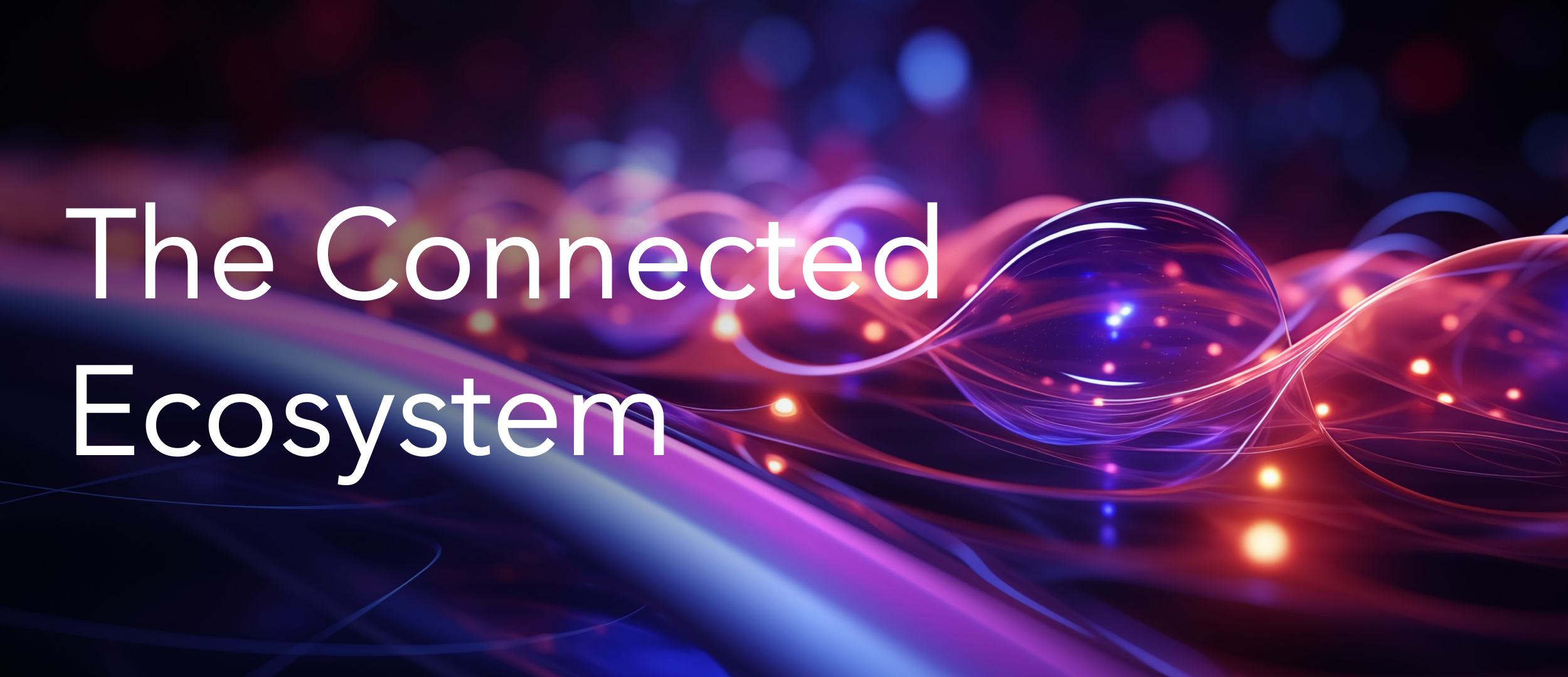
3 min read
The New Rules for Digital Transformation: Connected Ecosystems
iCrossing Digital Solutions Jan 26, 2024 9:58:04 AM
Many times, I have met with clients and was asked to deliver a “Digital Transformation”.
And quickly I found out that different enterprises and even different business units within the same enterprise have different definitions for “Digital Transformation”.
Ask yourself, what does “Digital Transformation” mean to you?
Is it simply taking your content to digital channels?
Is it digitizing your current processes and workflows?
Is it only customer-facing?
Is it back-office focused?
It’s all the above and more. Digital transformation isn’t a singular path - it’s a paradigm shift. It’s visualizing all digital channels as a single channel with different facets. It’s taking your current processes and making them digital-first, instead of putting in a workflow system with no changes to your current processes. It’s defining your customer journey with multiple channel touchpoints. It’s providing a uniquely personalized experience to your customer.
To make a digital transformation a reality, it is crucial to ensure all stakeholders are aligned on the definition so they can work together on solutions. So now that we are on the same page about what a digital transformation is, let’s dive into the technicalities of it.
Over this series, we’ll dissect each one of the three main components of digital transformation:
-
Creating the Connected Eco-System: All channels are one channel, with different facets.
-
Workflow Automation & Establishing New Processes: The importance of digitizing processes to create transformation.
-
The Uniquely Personalized Customer Experience: How the power of data builds a connection with your customers.
Creating the Connected Eco-System.
Think of all your digital channels as one channel, with different facets.
Today’s customers, and businesses, operate the same way as my kids. One minute they are on their iPad video streaming, next they are on their phone scrolling through social media, next they open their laptop to check their email and research new purchases. As a digital transformer and a new product owner, there are new principles to live by in the new digital world.
These principles are:
-
Consistent experience: As your customers visit you across these channels, the look and feel of your brand need to be consistent to establish the same emotional attachment to the brand. Visiting the website on mobile should be the same as an email campaign, and the same as in the store. Yes, even the physical store.
-
Tools to enable you to achieve this can be a design system. The importance of a design system cannot be overestimated: You can achieve a “93% reduction in costs based on scalability in multi-country and multi-region projects and an 89% decrease in project development time.”
-
-
Consistent messaging: Your offering or messaging to your customers cannot change from mobile to email - it needs to be the same to build trust and ensure integrity. Can you imagine having a promotion for 50% off your product on the website, and a different promotion for 25% off the same product in the store? This would be extremely frustrating for your customer.
-
Tools that can enable consistent messaging: Digital Asset Management (DAM), Web Content Management System (WCMS/CMS), Campaign/email marketing, and Customer Relationship Management (CRM).
-
Having the right “connected” tools for the job will enable your enterprise to increase your content reusability, which will, in turn, reduce your spend on editorial and creative services.
-
-
Common data sources for both content and data: We will dive into data in a later post, but for now, let’s focus on content. To guarantee the integrity of the messaging, the content must have an authoritative source. Typically, this source can be the DAM or the CMS. To ensure there are no changes between what has been approved to publish and what the customer sees, the content needs to be shared between the source and the engagement channel, via integrations. Think about it this way: you hired a full staff to load your content into one channel, only to have it be copied and pasted into the next channel, which opens the door to errors, jeopardizing the integrity. You can also think of your content as modules or components to complement atomic design systems, that can be re-used and assembled in different ways, keeping your message consistent and your presentations fresh. In this case, your modules of content will become the currency that is exchanged between your content source and your experience channels.
-
Tools Needed: Integrations between the different channels for content flow.
-
Mulesoft or other integration tools can facilitate the custom build of integrations between your content source and target channels. Also, there are several connectors between the big players in the DAM and Channel domains that are now coming to market.
-
Now that we’ve kicked off the conversation about Digital Transformation, we’ll continue this series by diving into how to digitize your processes.
Until then, remember that your digital channels are truly just one channel – that allows you to share unified messages across different facets, and your content and data are the key valuable assets that surface through these channels.
